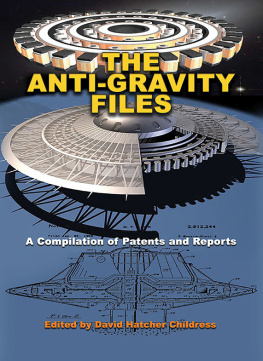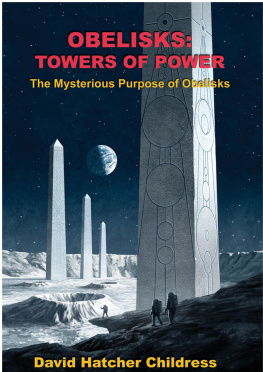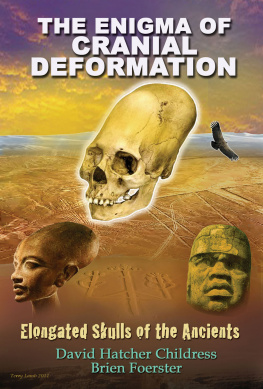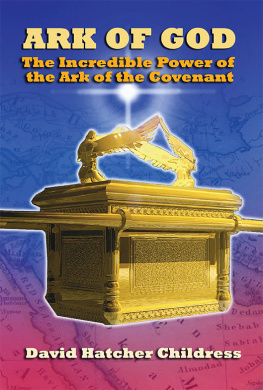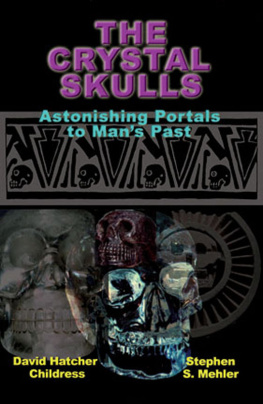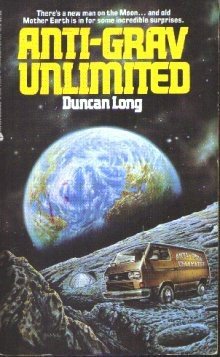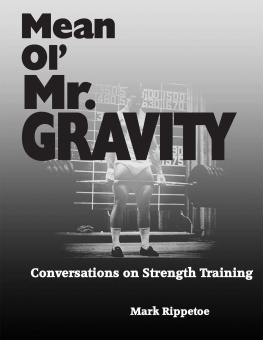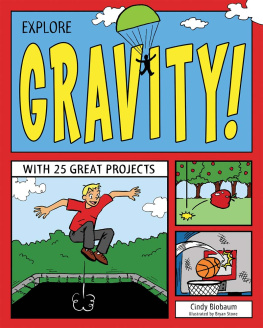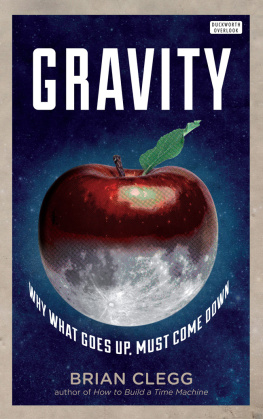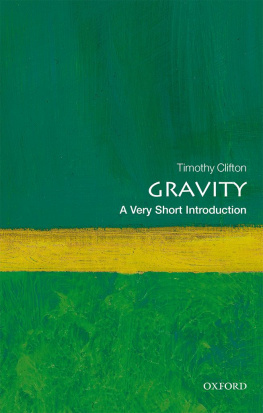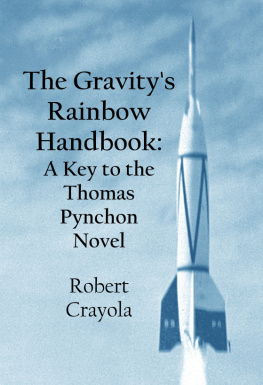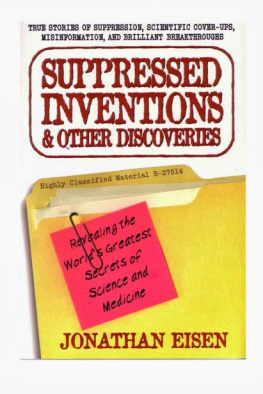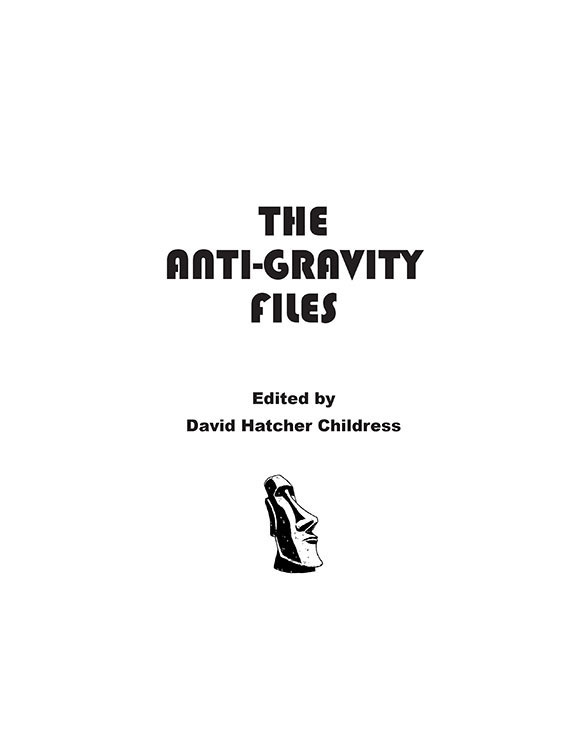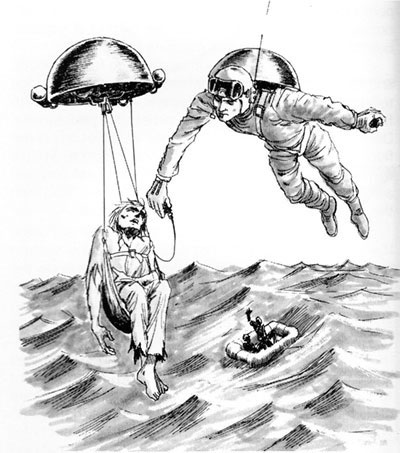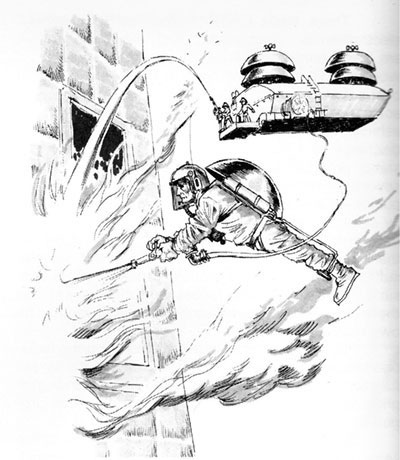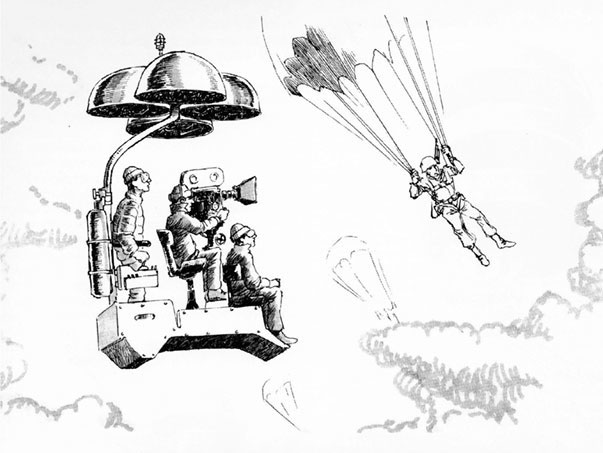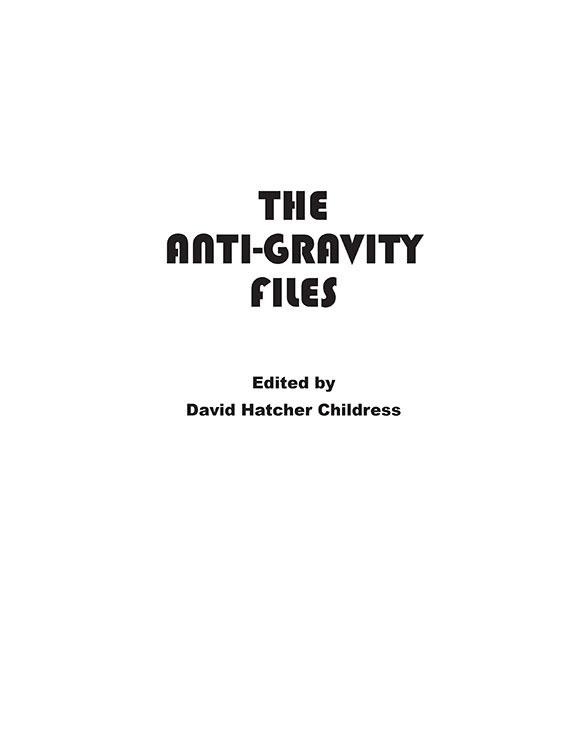Other Books in the Lost Science Series:
The Anti-Gravity Handbook
Anti-Gravity & the World Grid
Anti-Gravity & the Unified Field
The Free-Energy Device Handbook
The Time Travel Handbook
Tapping the Zero Point Energy
Quest for Zero Point Energy
The Energy Grid
The Bridge to Infinity
The Harmonic Conquest of Space
Anti-Gravity Propulsion Dynamics
The Fantastic Inventions of Nikola Tesla
The Cosmic Matrix
The AT Factor
Perpetual Motion
Secrets of the Unified Field
The Tesla Files
See more astounding science books at:
www.adventuresunlimitedpress.com
The Anti-Gravity Files
Edited by David Hatcher Childress
Copyright 2017
Adventures Unlimited Press
Articles and patents by other authors retain their own copyright
ISBN: 978-1-939149-75-6
All Rights Reserved
Published by:
Adventures Unlimited Press
One Adventure Place, Box 74
Kempton, Illinois 60946 USA
www.adventuresunlimitedpress.com
Thanks to Tom Valone, Joel Dickinson, Robert Cook and many others.
Anti-gravity airships hover around a Tesla Tower.
A sea rescue using anti-gravity backpacks.
A firefighting crew with an anti-gravity backpack and platform for hoses.
Everything you can imagine is real.
Pablo Picasso
There is something within me that might be illusion as it is often the case with young delighted people, but if I would be fortunate to achieve some of my ideals, it would be on the behalf of the whole of humanity.
Nikola Tesla, 1892
TABLE OF CONTENTS
A crew with an anti-gravity platform filming a parachutist in action.
Chapter 1
A BRIEF HISTORY OF ANTI-GRAVITY, REACTIONLESS DRIVES & FIELD PROPULSION
Here we go with a brief history of anti-gravity as summed up by the modern day purveyor of all controversial things: Wikipedia. While hardly complete, it gives us the latest in mainstream thinking on such everyday things as field propulsion, gyros, reactionless drives and, yes, anti-gravity. While we are way over due for our anti-gravity belts, the state of anti-gravity research may be stronger than ever. Can anyone really define anti-gravity?
David Hatcher Childress
Anti-Gravity (Wikipedia)
Anti-gravity also known as non gravitational field is an idea of creating a place or object that is free from the force of gravity. It does not refer to the lack of weight under gravity experienced in free fall or orbit, or to balancing the force of gravity with some other force, such as electromagnetism or aerodynamic lift. Anti-gravity is a recurring concept in science fiction, particularly in the context of spacecraft propulsion. Examples are the gravity blocking substance Cavorite in H. G. Wells The First Men in the Moon and the Spindizzy machines in James Blishs Cities in Flight.
In Newtons law of universal gravitation, gravity was an external force transmitted by unknown means. In the 20th century, Newtons model was replaced by general relativity where gravity is not a force but the result of the geometry of spacetime.
Under general relativity, anti-gravity is impossible except under contrived circumstances. Quantum physicists have postulated the existence of gravitons, a set of massless elementary particles that transmit the force, and the possibility of creating or destroying these is unclear. Anti-gravity is often used colloquially to refer to devices that look as if they reverse gravity even though they operate through other means, such as lifters, which fly in the air by moving air with electromagnetic fields.
Hypothetical solutions
Gravity shields
In 1948 successful businessman Roger Babson (founder of Babson College) formed the Gravity Research Foundation to study ways to reduce the effects of gravity. Their efforts were initially somewhat crankish, but they held occasional conferences that drew such people as Clarence Birdseye known for his frozen-food products and Igor Sikorsky, inventor of the helicopter. Over time the Foundation turned its attention away from trying to control gravity, to simply better understanding it. The Foundation nearly disappeared after Babsons death in 1967. However, it continues to run an essay award, offering prizes of up to $5,000. As of 2013, it is still administered out of Wellesley, Massachusetts, by George Rideout, Jr., son of the foundations original director.
Winners include California astrophysicist George F. Smoot, who later won the 2006 Nobel Prize in physics. General relativity research in the 1950s
Main article: United States gravity control propulsion research
General relativity was introduced in the 1910s, but development of the theory was greatly slowed by a lack of suitable mathematical tools. Although it appeared that anti-gravity was outlawed under general relativity. It is claimed the US Air Force also ran a study effort throughout the 1950s and into the 1960s. Former Lieutenant Colonel Ansel Talbert wrote two series of newspaper articles claiming that most of the major aviation firms had started gravity control propulsion research in the 1950s. However, there is little outside confirmation of these stories, and since they take place in the midst of the policy by press release era, it is not clear how much weight these stories should be given. It is known that there were serious efforts underway at the Glenn L. Martin Company, who formed the Research Institute for Advance Study.
Major newspapers announced the contract that had been made between theoretical physicist Burkhard Heim and the Glenn L. Martin Company. Another effort in the private sector to master understanding of gravitation was the creation of the Institute for Field Physics, University of North Carolina at Chapel Hill in 1956, by Gravity Research Foundation trustee, Agnew H. Bahnson.
Military support for anti-gravity projects was terminated by the Mansfield Amendment of 1973, which restricted Department of Defense spending to only the areas of scientific research with explicit military applications. The Mansfield Amendment was passed specifically to end long-running projects that had little to show for their efforts. Under general relativity, gravity is the result of following spatial geometry (change in the normal shape of space) caused by local mass-energy. This theory holds that it is the altered shape of space, deformed by massive objects, that causes gravity, which is actually a property of deformed space rather than being a true force. Although the equations cannot normally produce a negative geometry, it is possible to do so by using negative mass. The same equations do not, of themselves, rule out the existence of negative mass. Both general relativity and Newtonian gravity appear to predict that negative mass would produce a repulsive gravitational field. In particular, Sir Hermann Bondi proposed in 1957 that negative gravitational mass, combined with negative inertial mass, would comply with the strong equivalence principle of general relativity theory and the Newtonian laws of conservation of linear momentum and energy.

